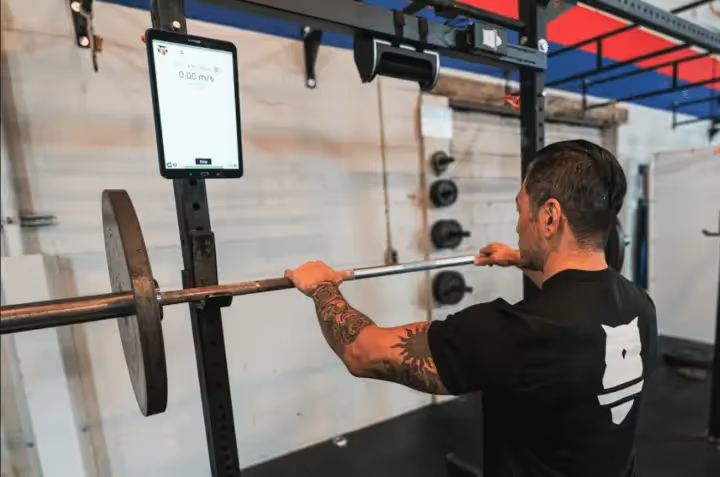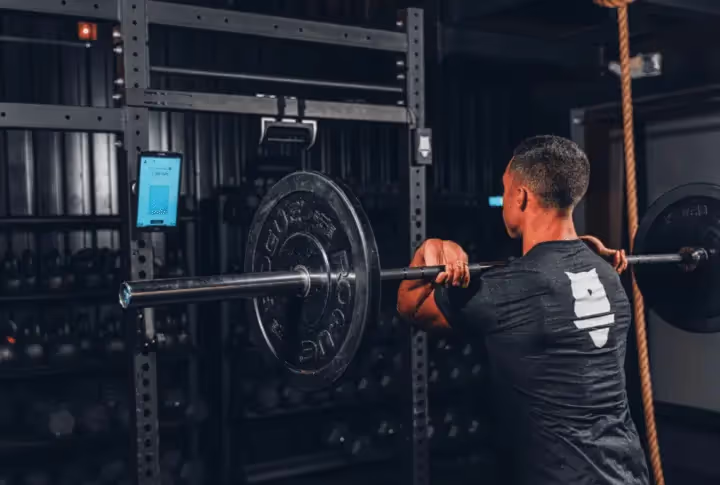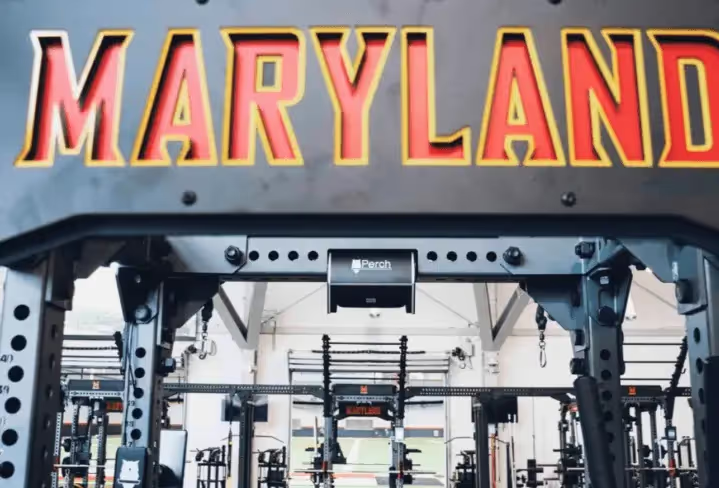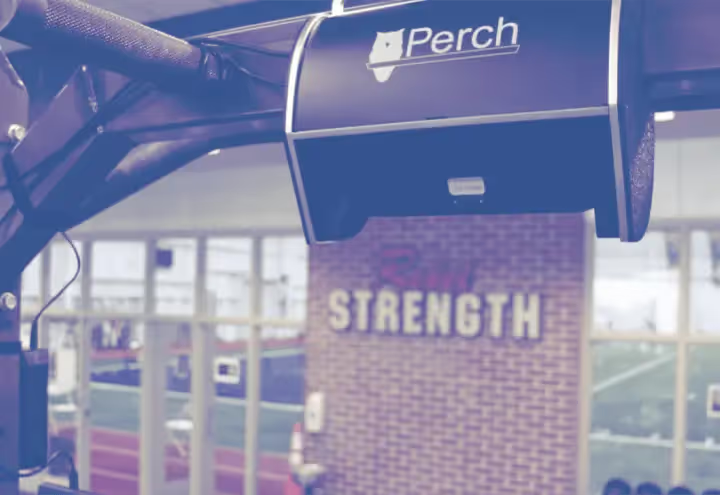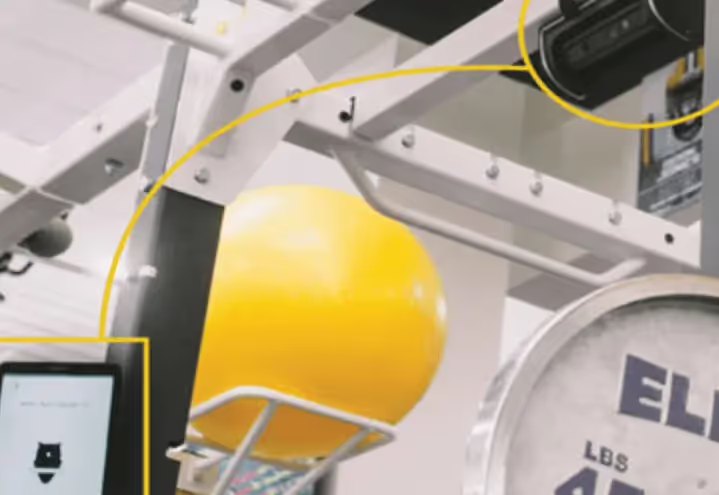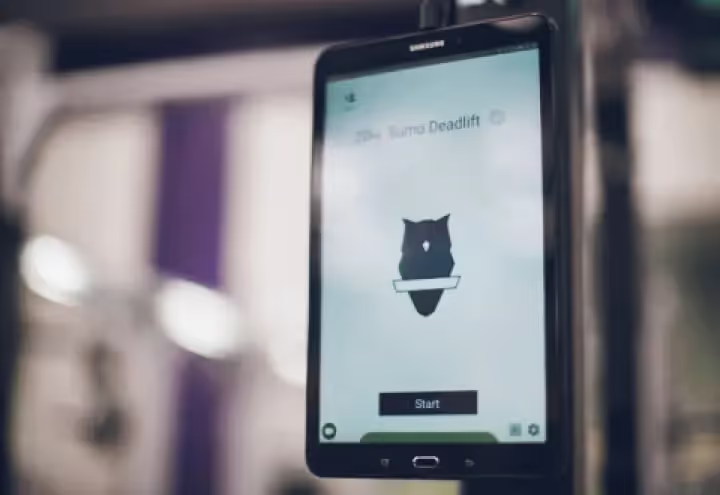VBT and Return To Play

Returning from injury can be a scary time for any athlete. Often, sports injuries are single-sided. For today’s post, we wanted to talk about using the data VBT provides as an additional piece of information in a return-to-play protocol. For coaches and ATs and even PT professionals working in rehab settings, VBT can provide helpful data as it pertains to overall athlete health and wellness. To help shed some light, we will use the all-too-common ACL tear as an example.
SOME ACL STATISTICS
According to the Centers for Disease Control and Prevention (CDC) there are approximately 250,000 ACL ruptures each year in the United States alone, accounting for upwards of $2 Billion in health care costs [1]. Despite return to play likelihood sitting at 81%, the risk of reinjury for the ipsilateral side sits around 5.8%, while the contralateral side sits at 11.8% [2]. According to Brophy et al., after 7 years only 36% of the athletes participating in their study were still playing compared to the 72% that had returned to play following their ACL injuries [4]. This decline was due in part to reinjury and additional surgeries [4].
RETURN TO PLAY AND VBT
While the autoregulatory component of VBT and adjusting training contingent on an athletes’ readiness and fatigue statuses can help prevent overtraining and potential associated injuries, VBT can also play a critical role in the return-to-play (RTP) protocol.
Typically the RTP protocol is a series of progressive exercises that slowly bring an athlete back to full playing level. The problem is that athletes and athlete bodies are intelligent and can often find a way to compensate that may be imperceptible to the coach’s eye. This is when something like a force plate can play a critical role in identifying when a compensatory pattern is emerging. While force plates can identify it, they may not be able to fix the issue unless the athlete is actively coached up, which may or may not be feasible depending on the setting.
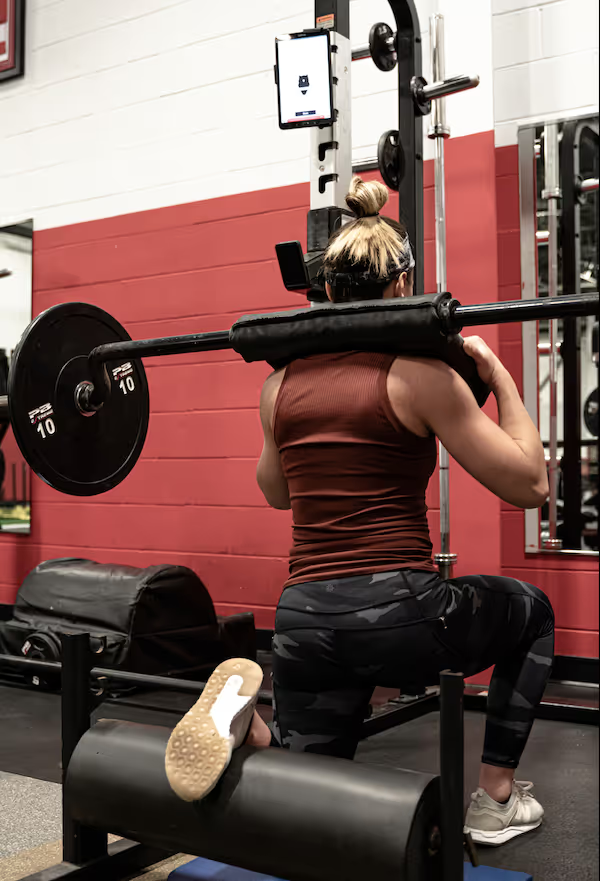
What VBT allows for is to see the data from a power production and velocity perspective, from one side compared to the other. With devices like Perch, a right and left side split squat can be differentiated on the output screen. Additionally, because of these immediate and objective outputs, the athlete can not only see when one side is lagging behind, but can feel when it is producing the proper velocity and power and have that feeling confirmed with live data.

CONCLUSION
With ACL injury rates as high as they are, and as long as reinjury rates still exist, we know practitioners and athletes alike can still find and use more tools to help get back on the field and stay there. VBT may not solve all ACL return to play or reinjury issues, but it is another tool in the tool belt. Additionally, VBT and the data it provides can allow practitioners to make further assumptions about various injuries and help athletes develop the armour they need to play longer.
OTHER RELEVANT POSTS!
Check out our Return To Play from Covid-19 series!
Curious about how different populations can utilize VBT? Check out our VBT for specific populations series!
FOLLOW US!
Keep checking back for more velocity based training content, tips, tricks, and tools. And don’t forget to follow us on Twitter , Instagram and Linkedin and like us on Facebook .
Read more about Perch here! And check out Product Videos here. And our support website here.
Back to basics? Review the origins of VBT and Strength Training!
SOURCES:
- CDC – Injury – ICRCs – CE001495. (2010, July 13). Retrieved January 20, 2020, from https://www.cdc.gov/injury/erpo/icrc/2009/1-R49-CE001495-01.html
- Sepúlveda, F., Sánchez, L., Amy, E., & Micheo, W. (2017). Anterior cruciate ligament injury: Return to play, function and long-term considerations. Current Sports Medicine Reports.
- Joseph, A. M., Collins, C. L., Henke, N. M., Yard, E. E., Fields, S. K., & Comstock, R. D. (2013). A multisport epidemiologic comparison of anterior cruciate ligament injuries in high school athletics. Journal of Athletic Training.
- Brophy, R. H., Schmitz, L., Wright, R. W., Dunn, W. R., Parker, R. D., Andrish, J. T., … Spindler, K. P. (2012). Return to play and future ACL injury risk after ACL reconstruction in soccer athletes from the multicenter orthopaedic outcomes network (MOON) group. American Journal of Sports Medicine.

Start Gathering Data With Perch Today!
Reach out to us to speak with a representative and get started using Perch in your facility.

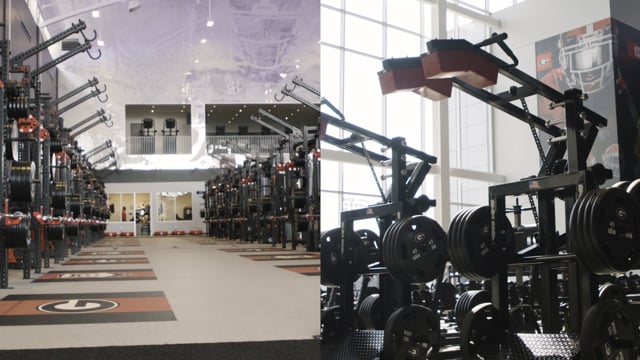
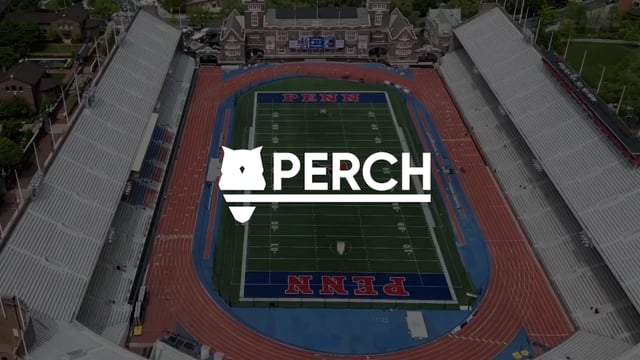
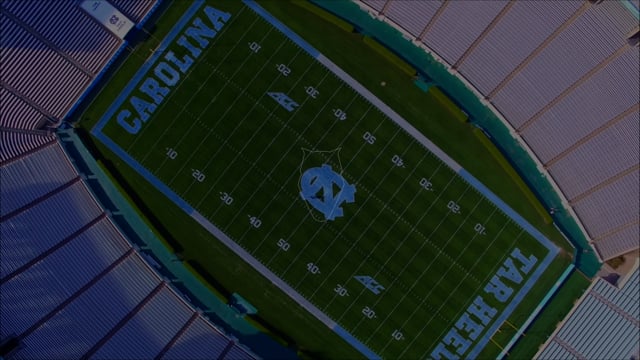

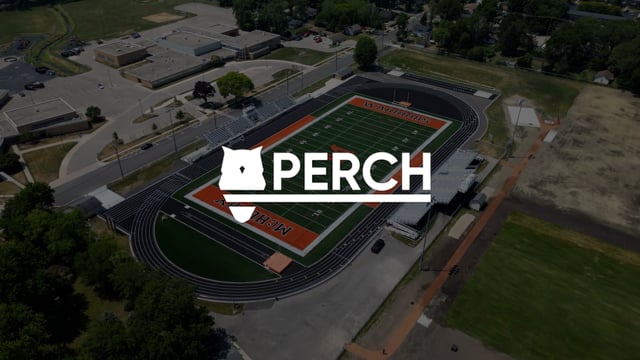
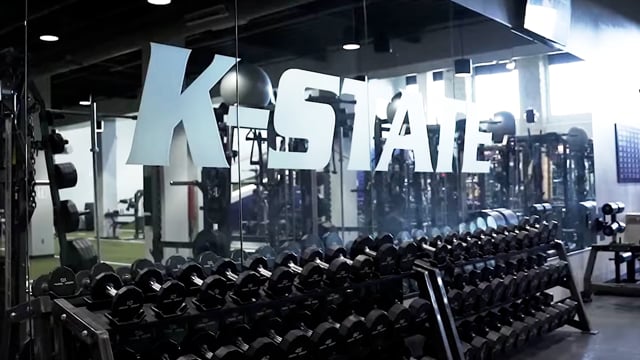

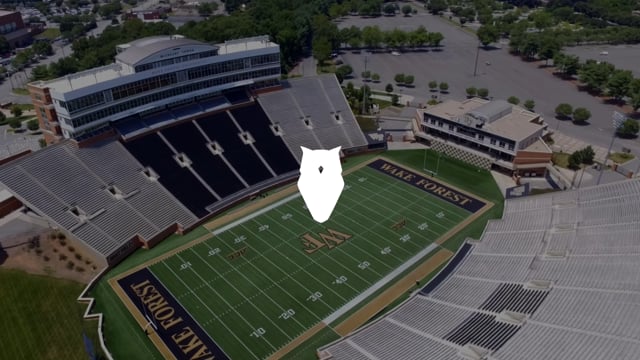
































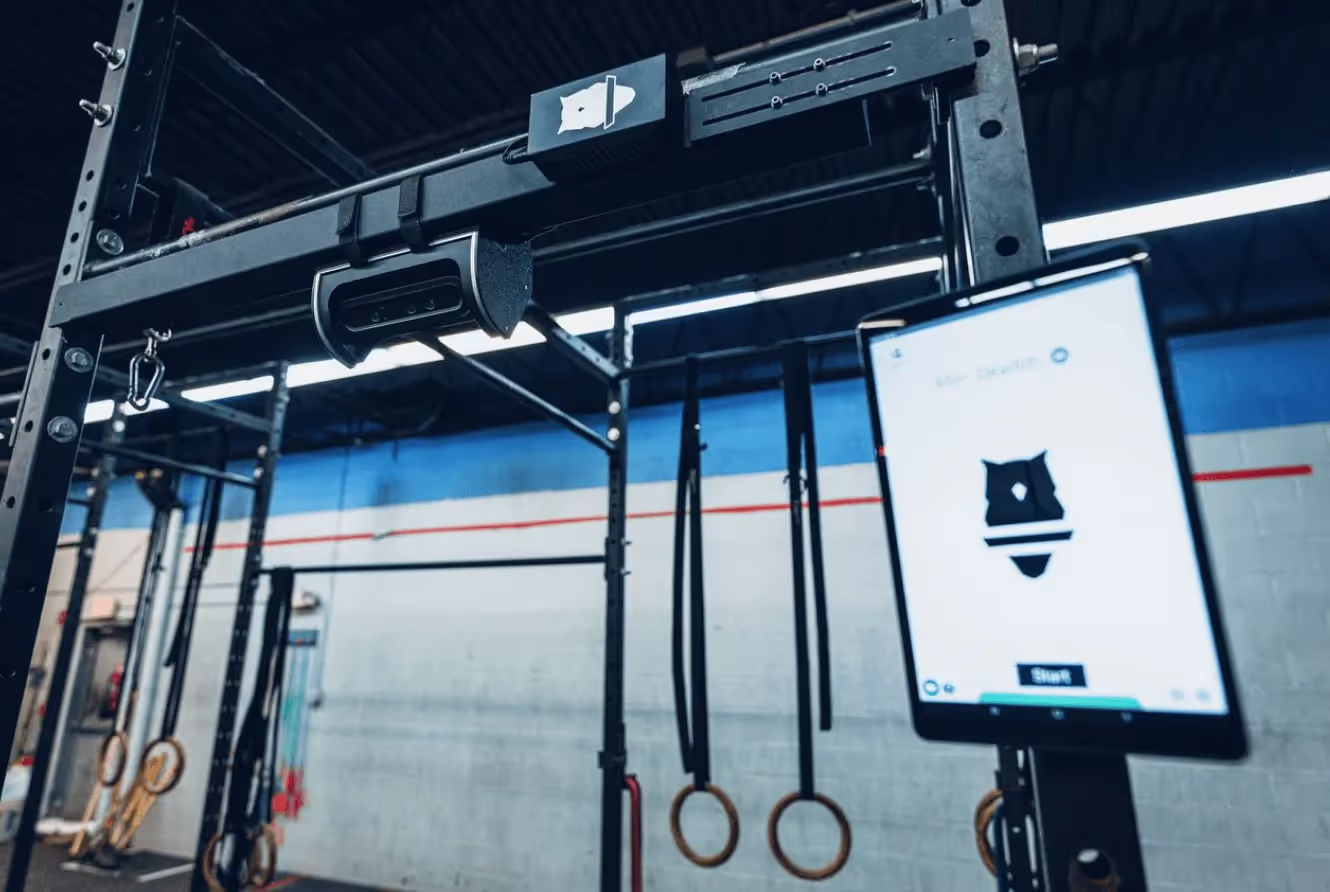
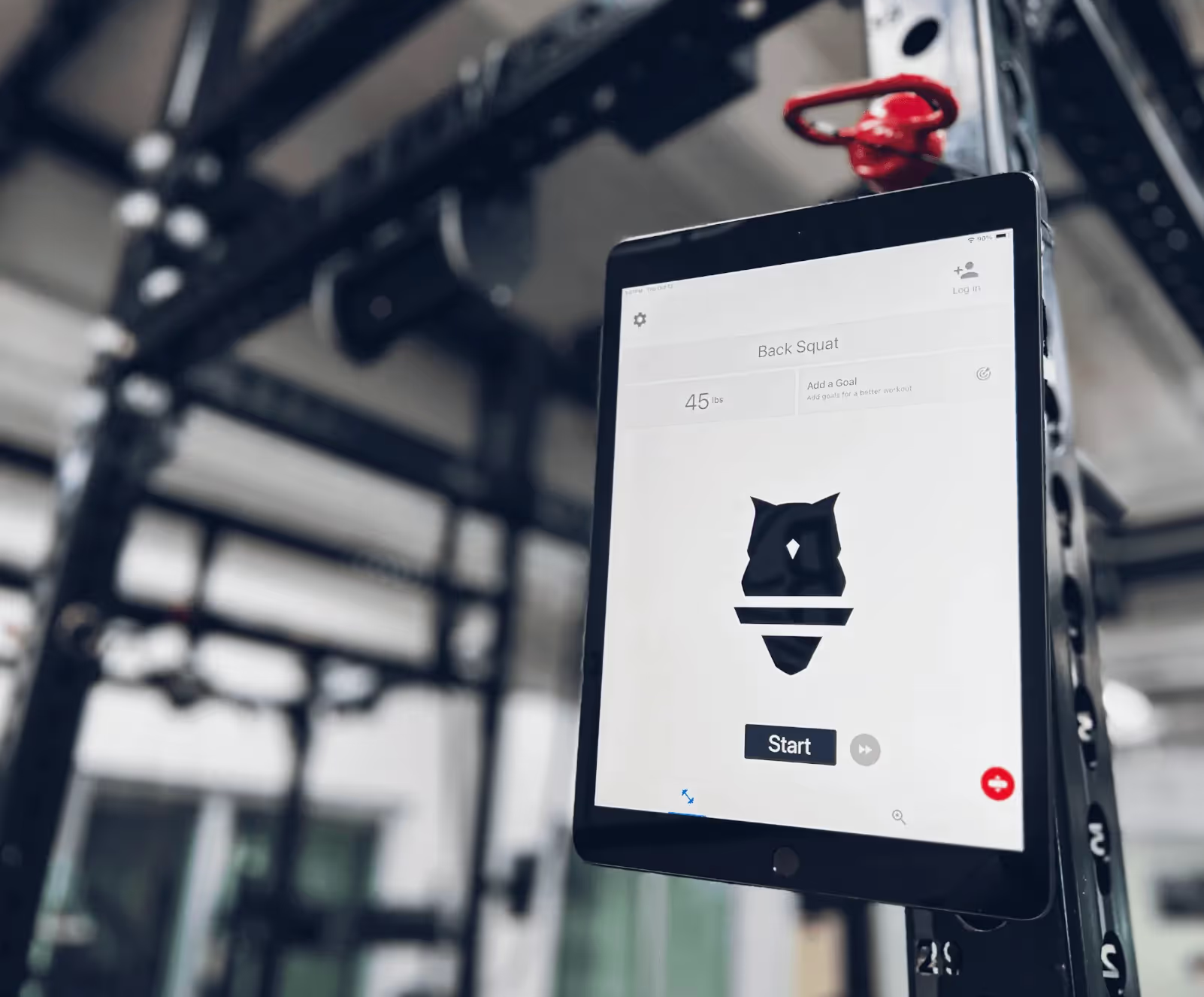



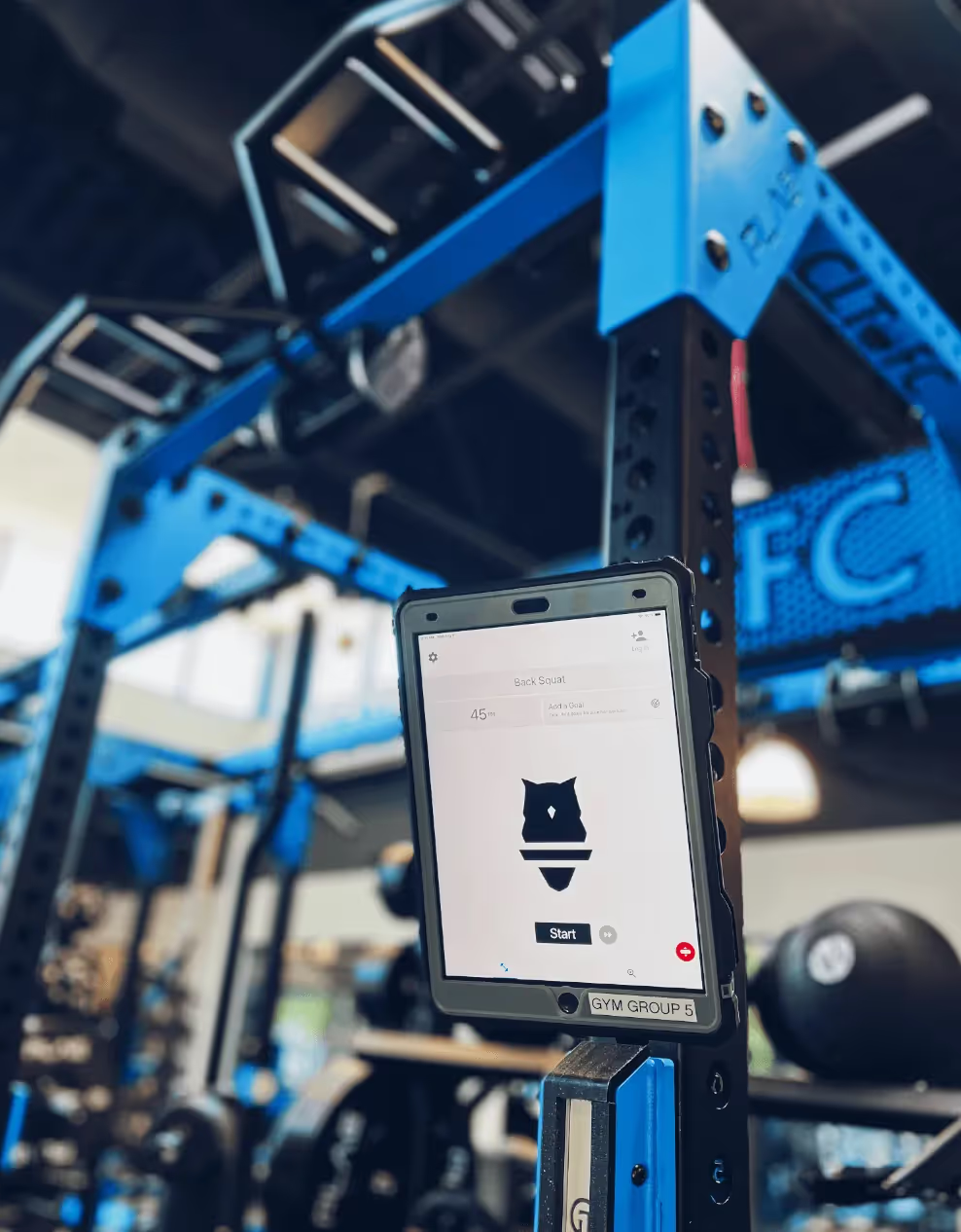
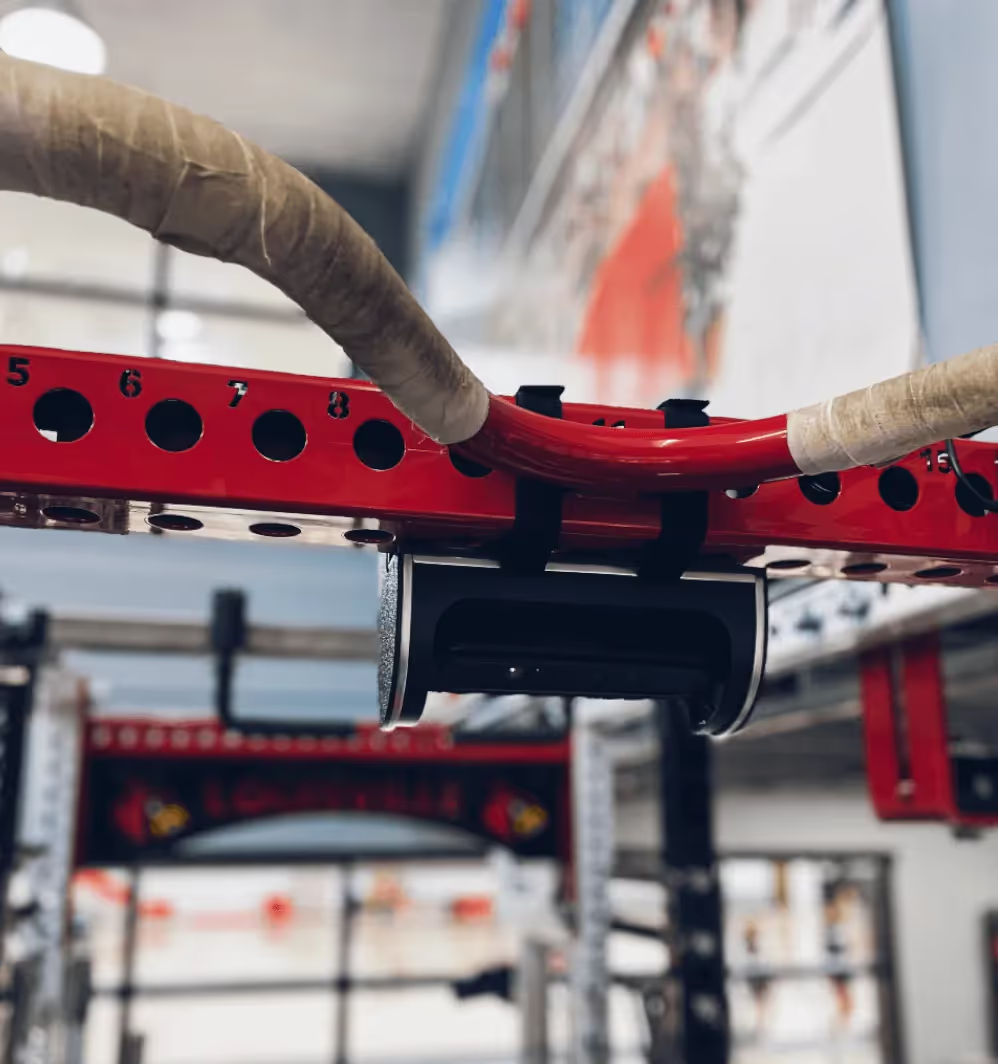


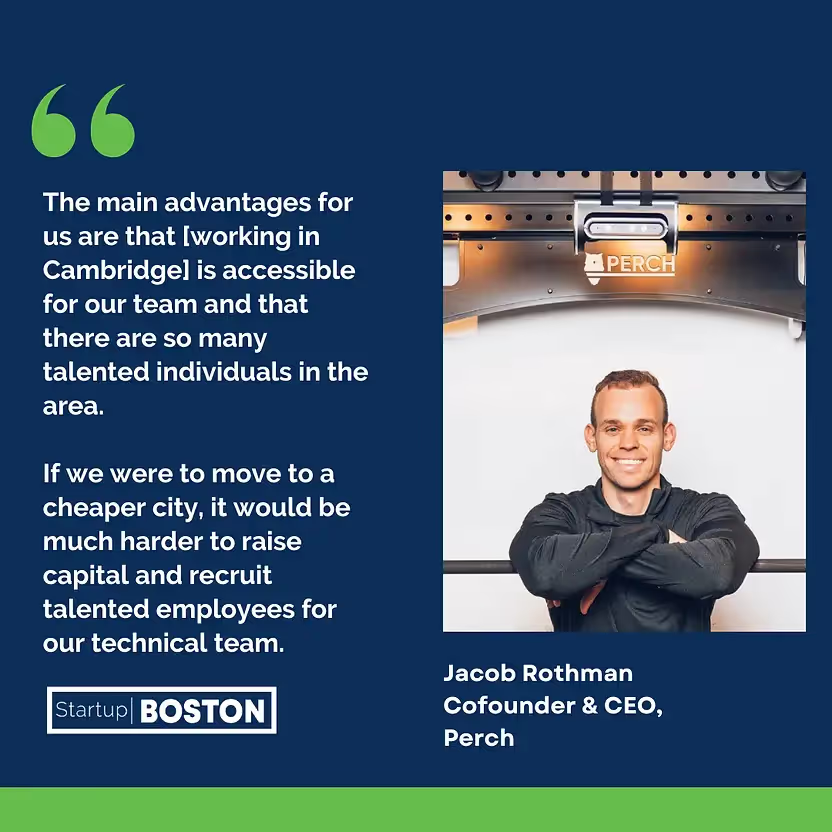



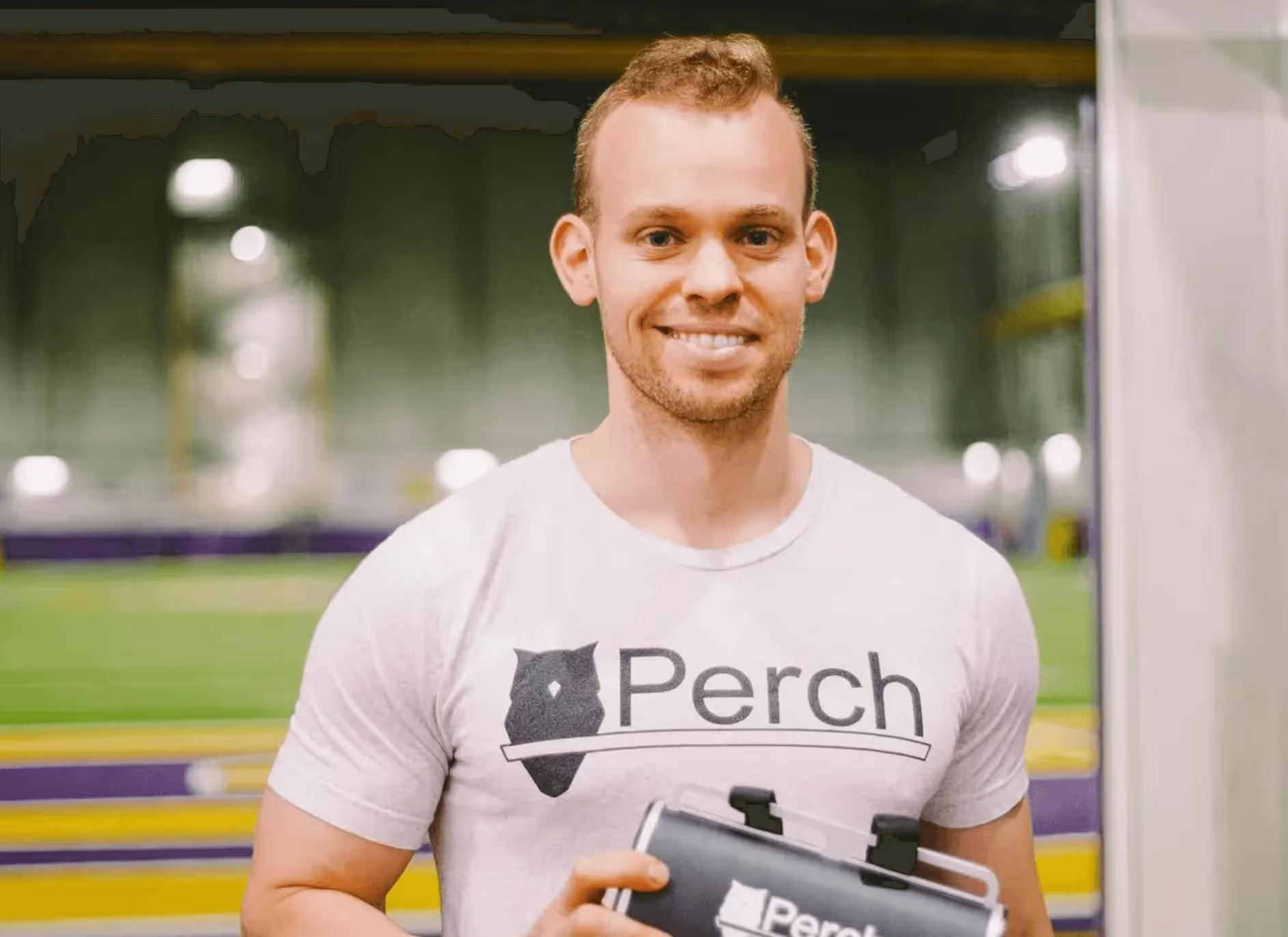





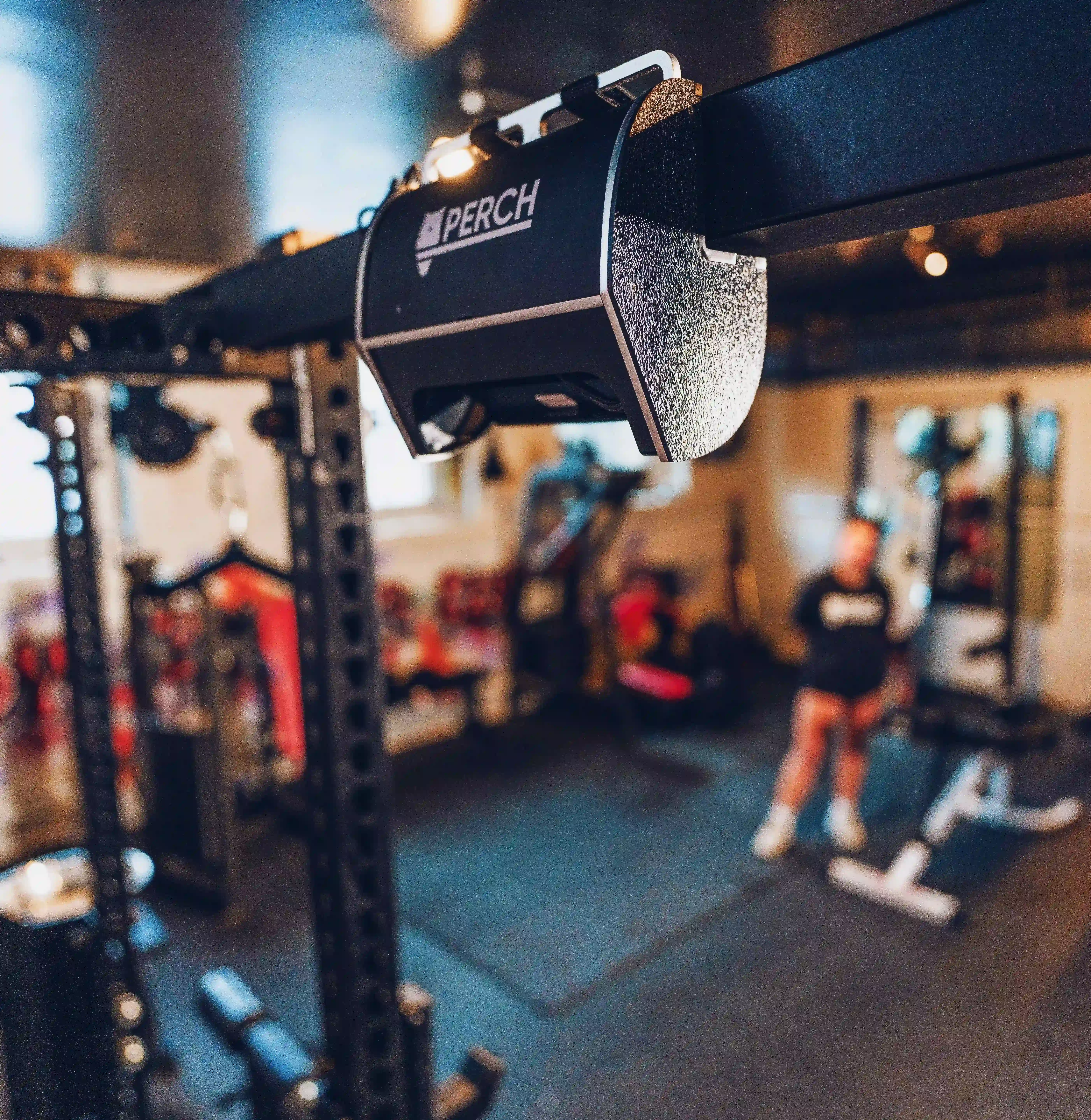
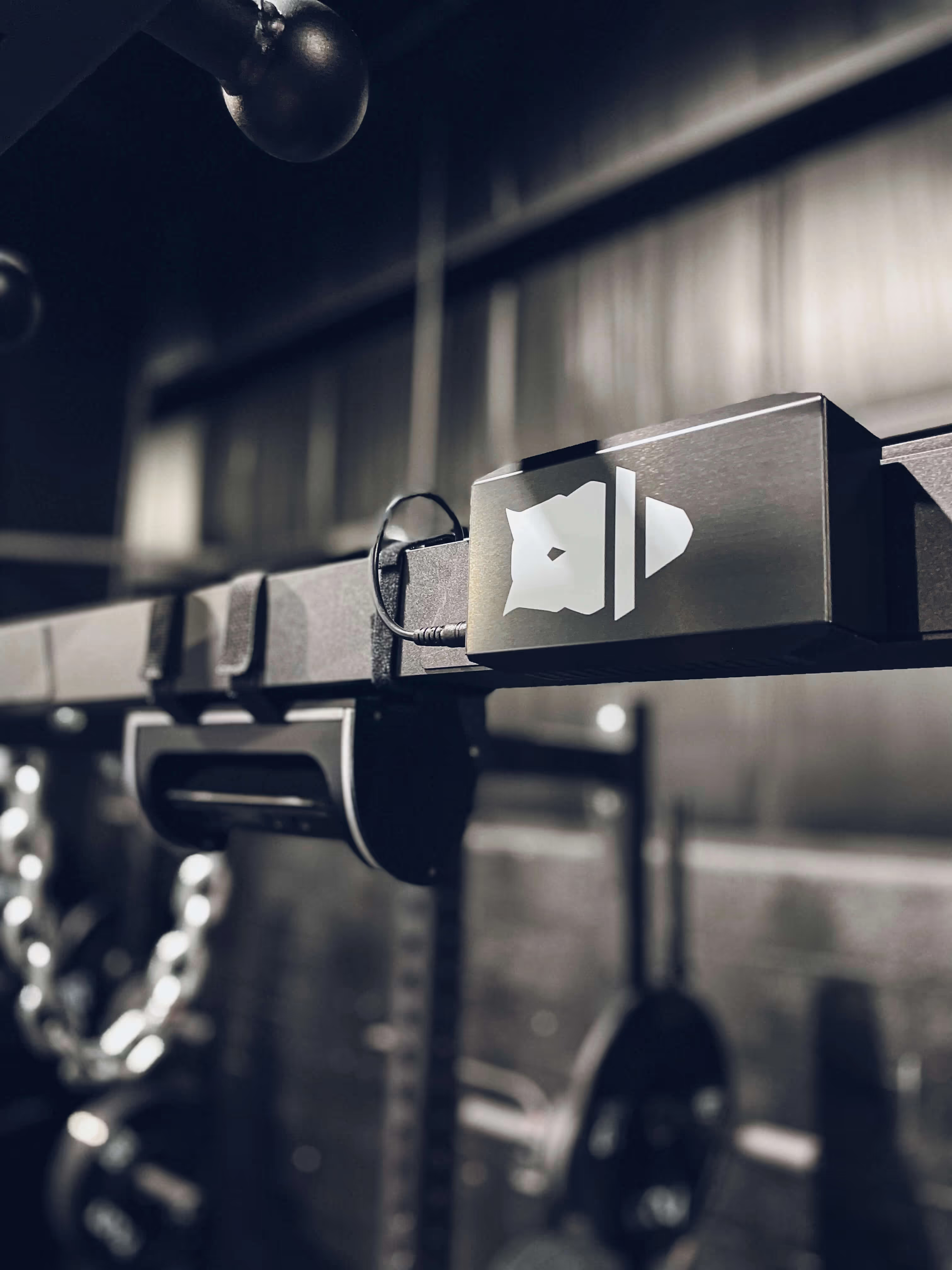

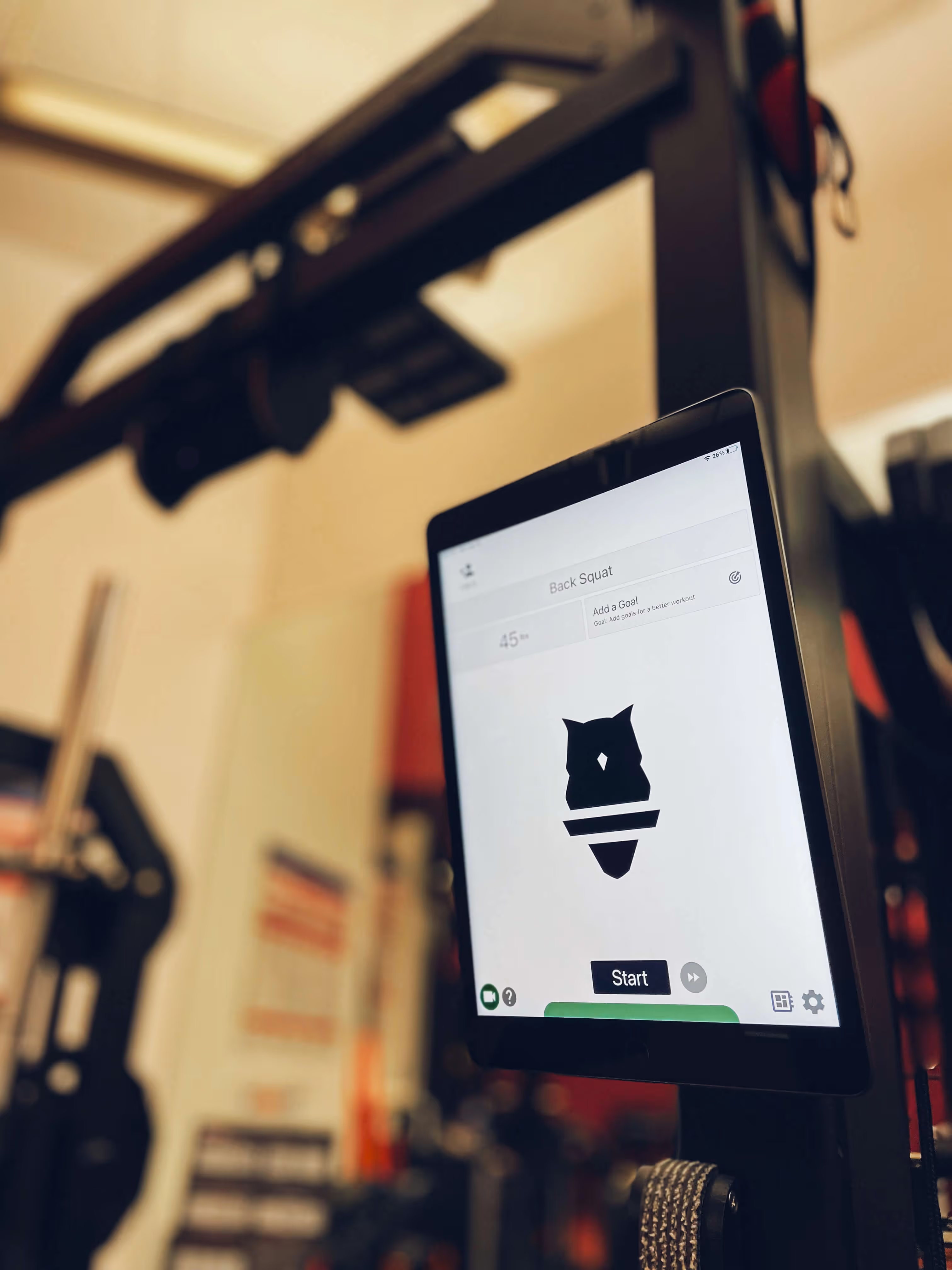

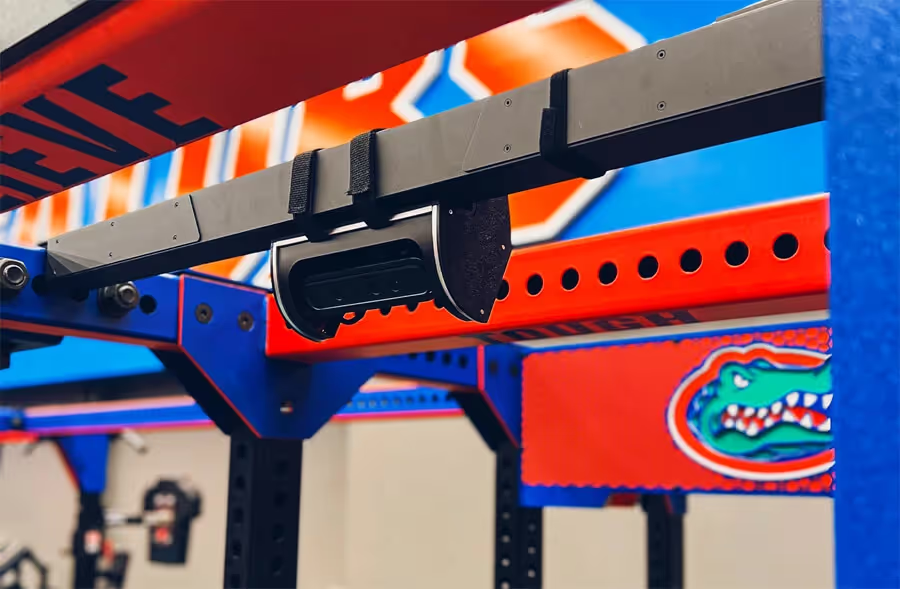






.avif)






